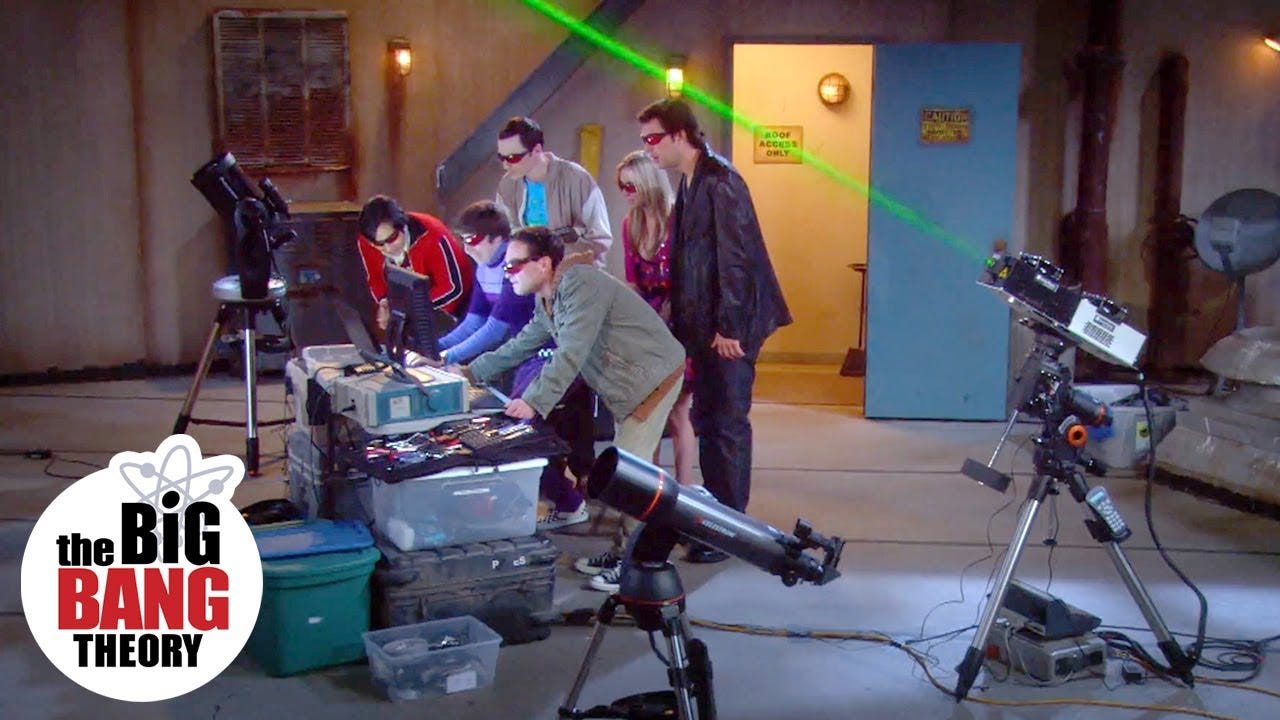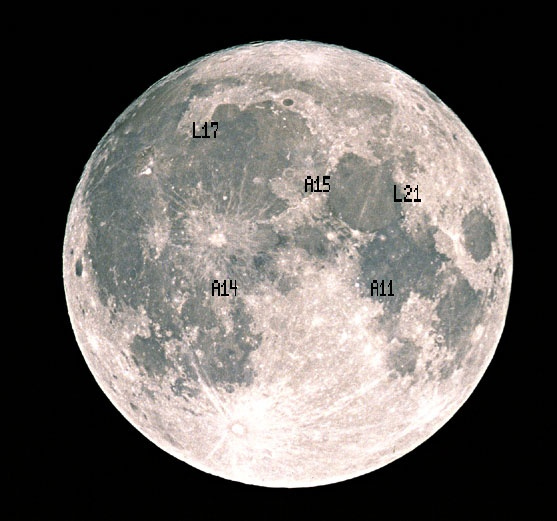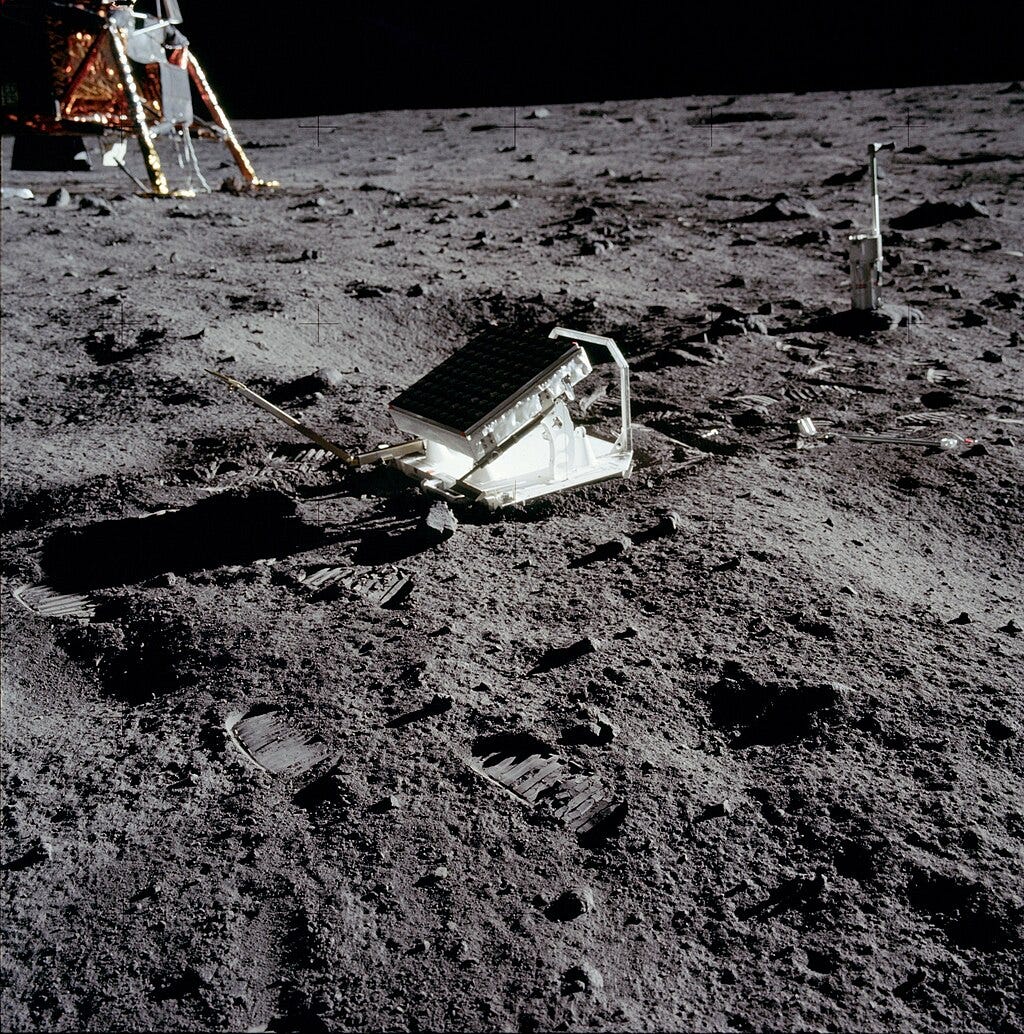How Lasers Reflect Off the Moon?
…straight back to the sender?
Hey, Curious Minds!
Remember that episode of The Big Bang Theory where Sheldon and Leonard try to bounce a laser off the moon? It’s not just a TV gimmick – it's real science! Let's dive into science and discover how lasers sent to the moon bounce back perfectly and return to the sender.
What’s the Big Question?
How can a laser bounce back from the moon and return straight to the sender?
Mirrors on Earth only reflect perfectly when the light hits them at 90 degrees. So how do we manage to get a laser beam sent from Earth to return straight back?
Enter Retroreflectors
Retroreflectors are the magical devices that make this possible. Unlike regular mirrors, retroreflectors reflect light back to its source no matter the angle of incidence.
Imagine having a magic mirror that always returns the light exactly where it came from. That’s essentially what retroreflectors do!
How Do Retroreflectors Work?
There are several ways to obtain retroreflective and based on the method we have 2 broad types.
Corner Cube Reflector: Retroreflectors work using three perpendicular surfaces that form a corner, like the inside of a cube. When light hits any of these surfaces, it reflects back along the same path it came from.
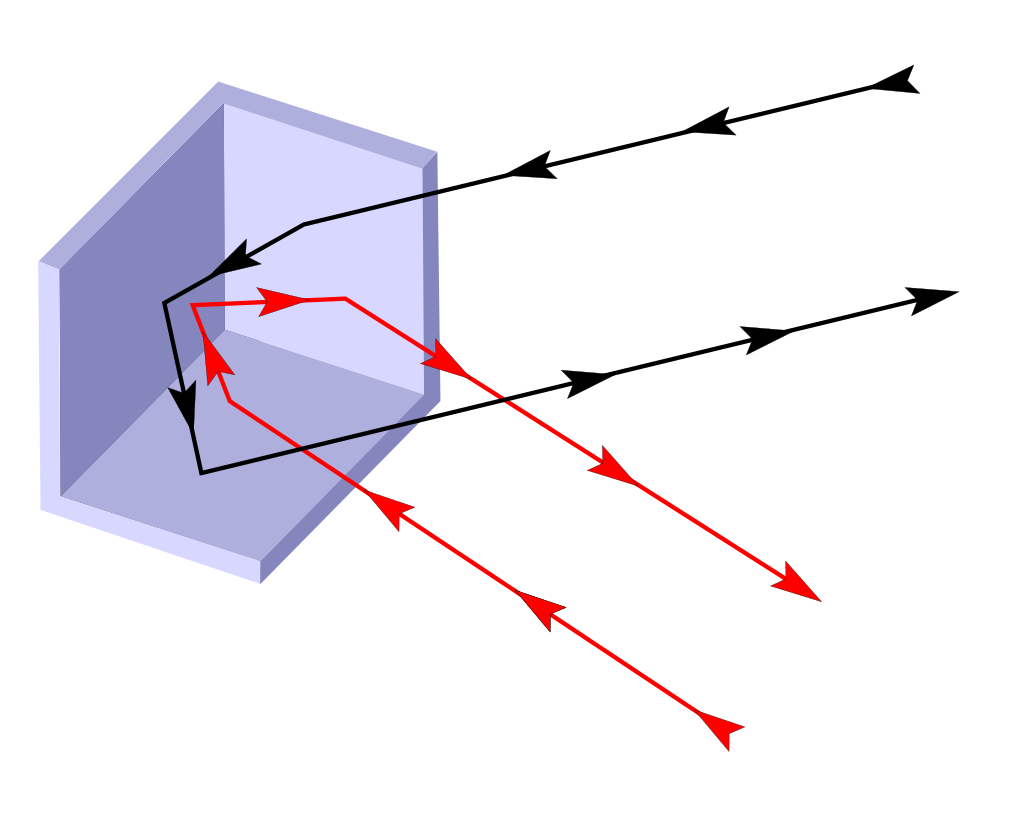
Cat’s Eye Retroreflectors: The cat's eye retroreflector uses a transparent sphere with a reflective surface behind it. When light enters the sphere, it's focused onto the reflective surface and sent back to the source.
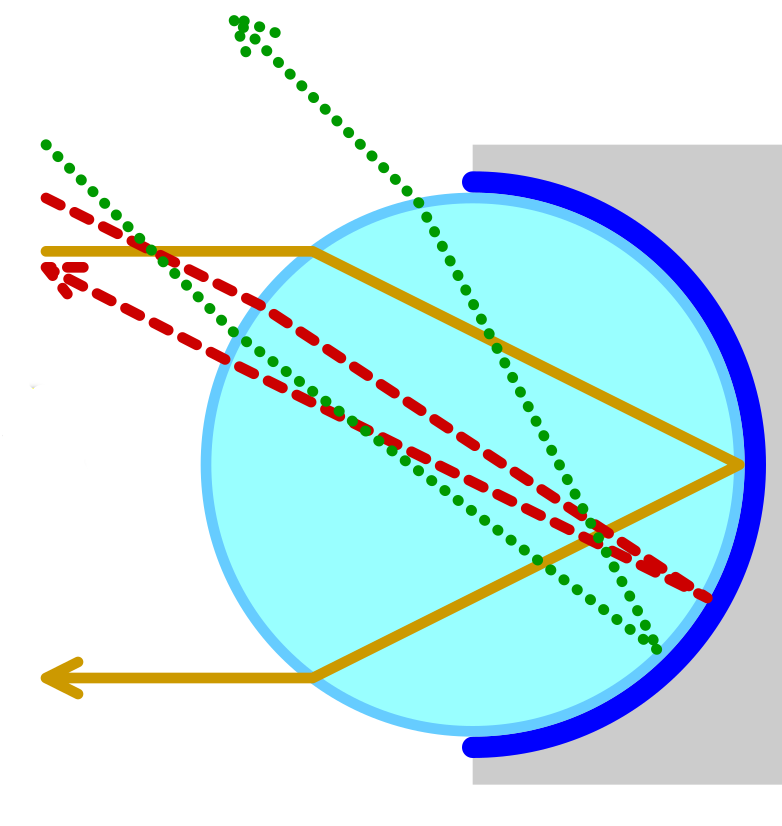
Prismatic Retroreflectors: Use multiple prisms to achieve the same effect and are often found in high-precision instruments.
Retroreflectors on the Moon
During the Apollo missions (11, 14, and 15), astronauts placed 3 retroreflectors on the lunar surface. In addition to that two more were placed by remote landers of the Lunokhod program, and one by the Chandrayaan program.
These 6 retroreflectors are still operational and are used to measure the distance between Earth and the moon with incredible precision. The data they provide helps us understand more about our moon’s orbit and even test theories of physics.
Can Anyone Use These Retroreflectors?
What’s even cooler is that anyone with the right equipment can use these lunar retroreflectors! Scientists and even amateur astronomers can bounce lasers off them. By timing how long it takes for the laser to return, we can measure the distance to the moon within a few centimeters. Isn’t that fascinating?
Distance from the Earth to the Moon is around 384,000 km and a round trip of light will take around 2.56 seconds. In Big Bang Theory, Leonard mentions of measuring the total time 2.6 seconds. Kudos to the accuracy in the show!
Longevity and Value
These retroreflectors have been on the moon for over 50 years and continue to provide valuable data. They’re not just relics of the past; they’re still helping us today. The precise measurements they offer are critical for scientific research and have stood the test of time.
Join the Discussion!
Which brings us to an interesting question: Which science-related TV scene puzzled you? Share your curious questions about science scenes in TV shows and movies in the comments! Let’s explore the science behind your favorite shows together.
Thanks for joining us on this scientific adventure!
Be Curious!
-Team at Liquid Bird



